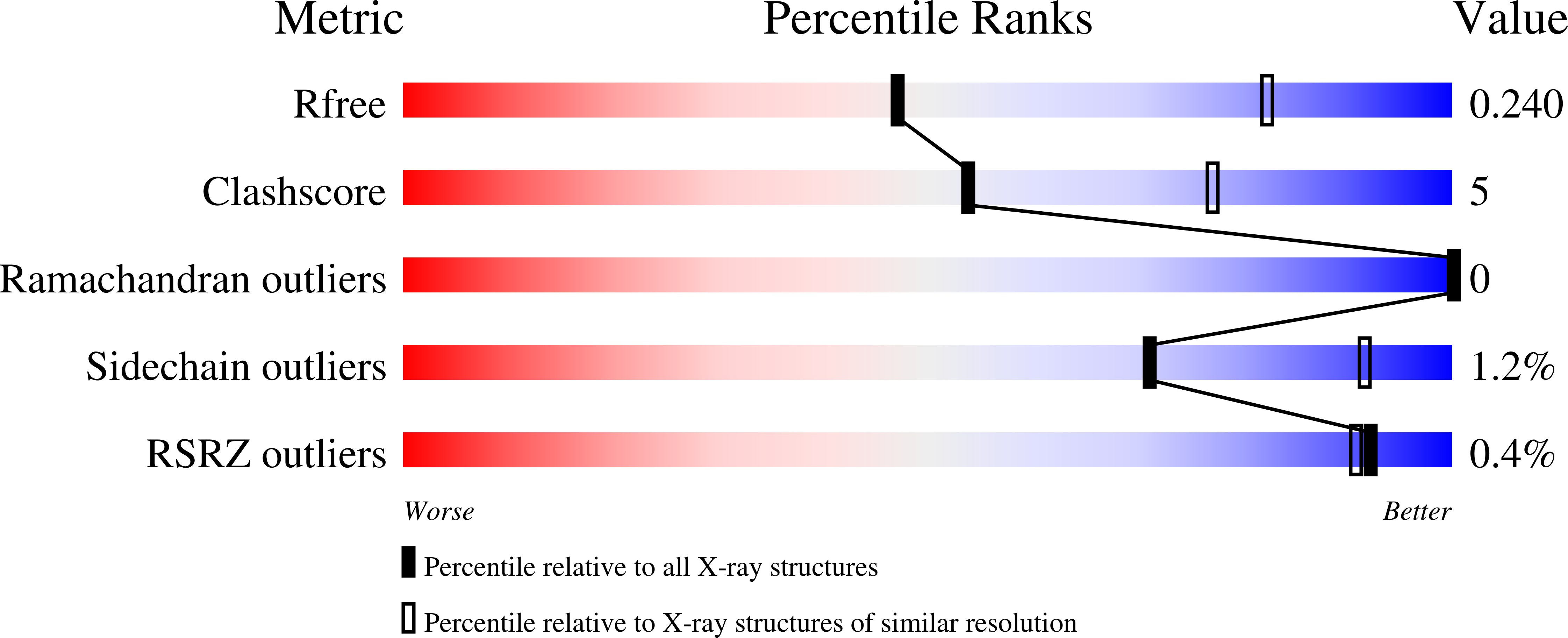
Deposition Date
2008-10-22
Release Date
2009-02-17
Last Version Date
2024-10-30
Entry Detail
PDB ID:
3EZJ
Keywords:
Title:
Crystal structure of the N-terminal domain of the secretin GspD from ETEC determined with the assistance of a nanobody
Biological Source:
Source Organism:
Escherichia coli (Taxon ID: 316401)
LAMA GLAMA (Taxon ID: 9844)
LAMA GLAMA (Taxon ID: 9844)
Host Organism:
Method Details:
Experimental Method:
Resolution:
2.80 Å
R-Value Free:
0.23
R-Value Work:
0.19
R-Value Observed:
0.19
Space Group:
P 31 2 1


